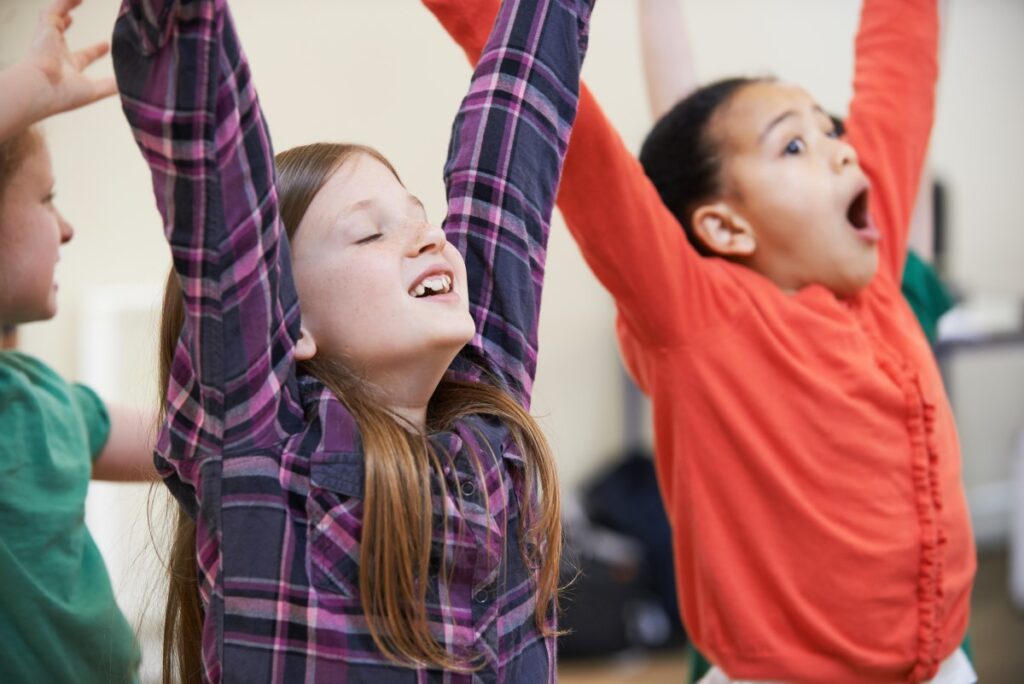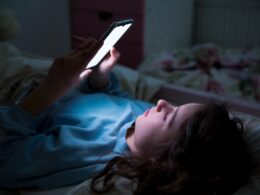Since my early childhood, I have always been involved in the arts, be it through learning how to play the piano, going to ballet lessons, drama or singing classes and taking every opportunity to perform.
Dance was the avenue I developed the most passion for and maintained practice in. Seeing as the arts were, and still are, a tough industry to be in, particularly in Malta, I never really knew what career I wanted to pursue.
I did know, however, that I wanted to somehow amalgamate the creative arts with anything I would eventually pursue. When I decided to study speech and language pathology at the University of Malta, I was strongly inclined to explore something different and new in my research.
Therefore, I decided to focus my dissertation on ‘The Effect of Dance and Movement on the Language Development of Young Children with Language Delay’. This marked the beginning of integrating dance and movement into my sessions as a speech and language therapist, which eventually led me to pursue my master’s degree in dance movement psychotherapy at the University of Roehampton in London.
What is dance movement psychotherapy?
Dance movement psychotherapy, DMP, is one of four creative art therapies, including music, drama and art therapy. DMP facilitates the connection between the body and mind, and is based on the premise that the two are in constant reciprocal interaction.
We live in a society that places a heavy focus on a cognitive way of being, so much so that we tend to neglect and become disconnected from our body, taking the impact of movement for granted. This is where I believe DMP has an important role in play.
Dance movement psychotherapy enables change to occur on a body-and-movement level. This is achieved by working on better understanding the signals given to the body and extending the range of movement, so that one has the opportunity to make choices and thus have an array of options of coping with life.
DMP integrates the emotional, physical, cognitive, social and spiritual aspects of the self, using the body’s “felt” sense and movement to promote emotional expression. This allows us to gain a better understanding of ourselves, as well as how we relate to others. It is both a relational and creative approach which can be carried out in both individual and group sessions.
Dance movement psychotherapists work with many different people in countless settings, including schools, elderly homes, in-patient wards in hospitals, charities, rehabilitation, community centres and more.
Misconceptions of this approach to therapy often allude to sessions being only for dancers or children, sessions taking the form of a dance class or physiotherapy session and goals relating to improving physical fitness.
DMP is for individuals of any age, physical ability and culture, and it does not include any form of choreography or dance technique. It is rather about the creative process happening between the client and the therapist, involving spontaneous movement and interaction. Such a process can be modified to suit each client’s needs and abilities.
DMP is about breaking down barriers through movement, giving oneself permission to inhabit pace, obtaining a sense of release through the non-verbal while fostering a sense of belonging and connection with others.

A space for children ‘to just be’
DMP sessions can offer children a safe space to discover themselves and the world around them through a multisensory physical experience. It can facilitate the building of peer relationships and communication with others, and increase spontaneity, creativity and a positive self-image. It also enhances body awareness.
It allows for better emotional regulation and ultimately creates a space that is considered both emotionally and physical safe, free from judgement and expectations. Hence, it is not only a therapeutic intervention, but DMP is also about health promotion and prevention.
We often present our children with checklists of things they need to complete, be it at school, home or any other extracurricular activities they attend. Coming from a speech and language therapy background, I initially found it (and sometimes still do) very hard to move away from ticking boxes and setting up expectations of what should be achieved in a session to consider it successful.
The beauty of the creative arts therapies is that no expectation whatsoever is placed on the child; the basis of the work is all in the relationship and the trust established with the therapist. This is a space for them to just be.
Our society often underestimates the value and significance of providing a child with a space where they can just be themselves and feel validated, without needing to please anyone. This is something I have learnt from my training, and have integrated it into my speech and language therapy practice, hence seeing in the child not solely a set of goals to be achieved, but a human being with complex thoughts and emotions.

Regulating emotions
Dance movement psychotherapy also provides children with the tools required to regulate their emotions. Not all children are able to self-regulate while being still or sitting through seated activities, such as drawing.
A child might be able to regulate their state of anxiety by having a run around the room or a dance with their therapist, regulating their breathing. This can be done with the help of simple equipment such as a musical instrument or scarves.
Alternatively, DMP can make space for the safe expression of anger, for example, by giving permission for loud vocalisations, or the exertion of energy through quick and direct movements, such as throwing a soft ball against an empty wall.
Sometimes, children simply need someone to share their excitement or happiness with, and the dance movement psychotherapist is there to hold that feeling and share it with the child through playful dance and movement as well as a chat.
‘Movement supports learning’
I am of the opinion that movement supports learning, and international literature (Farrugia, 2017; Gardner, 2015; Hanna, 2008; Skoning, 2015) supports my tenet. I believe movement should be more frequently used within the education system, not only as a way to provide tension release and give children a break, but also as a teaching method in itself.
Giving children the space to express themselves through dance, movement, song, play or art allows for a more inclusive and integrative experience, providing them with the opportunity to access their strengths and embrace their differences.
Although parents seem to love the concept of using the arts in therapy with their children, I still feel that there still exists a taboo when it comes to adolescents and adults accessing the arts for their mental well-being. I truly hope that DMP, along with the other creative arts therapies, becomes more appreciated and common practice on our islands, not just with children but with people of all ages.
Lucia Buhagiar is a trained dancer, speech language pathologist and dance movement therapist. She continues to practise dance both in her profession, as a performer and as a leisure pursuit − for her enjoyment and personal well-being.
Buhagiar’s master’s degree in DMP was carried out following the award of a TESS Scholarship (Tertiary Education Scholarship Scheme). She can be contacted on luciabuhagiar13@gmail.com.
You can also read about art therapy here. For more Child articles, follow this link.










